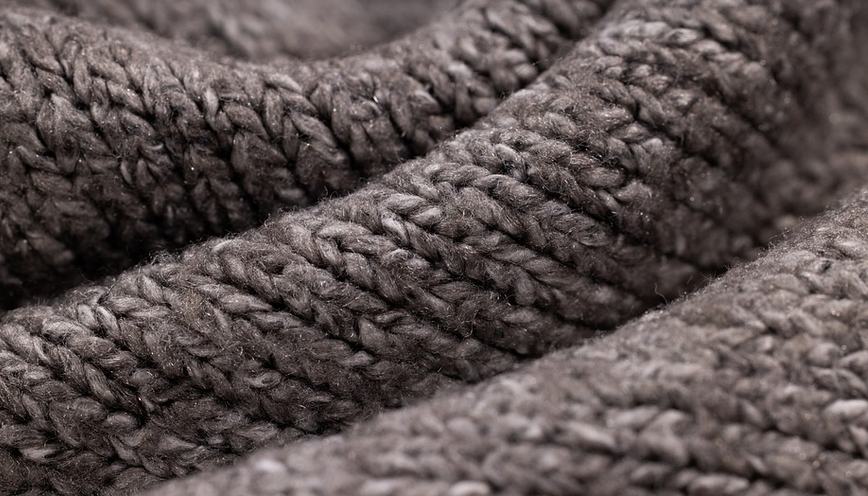
Understanding Surface Area Basics
Ever wondered how a net can be transformed into a three-dimensional object like a cube, sphere, or cone? The answer lies in understanding the concept of surface area. Imagine you have a flat piece of paper and you fold it into a box – wouldn’t that box have a specific way to measure its space? That’s where the idea of surface area comes in.
Think about any object you can hold in your hand. You know how much your hand covers when touching the object? That’s similar to understanding surface area – it tells us how much “space” is on the outside of a given shape. When we talk about nets, we’re basically looking at how many sides a 3D object has and all the surfaces that make up its entire form.
What Makes Nets So Cool?
Nets are like blueprints for creating three-dimensional objects. They provide us with a plan to build something solid and impressive, from simple boxes to complex structures. The beauty of nets lies in their ability to simplify the construction process.
One of the main reasons why we use nets is they help us visualize how things are built! Imagine building a chair or a lamppost – you wouldn’t just start stacking pieces randomly—you would need a precise plan, and that’s where nets come in handy. They allow us to see exactly how many parts we need and what their shapes are going to be, before even starting the actual construction.
Why do We Need Surface Area?
Surface area is a crucial concept in geometry because it helps us understand both the volume of an object and its stability. Let’s take a simple example: A flat piece of paper. You can fold it into several different shapes, but each shape will have a different surface area. This tells you how much space is covered by those folded parts.
In construction or design, knowing the exact surface area allows us to calculate things like the amount of material needed for a project. Imagine building a large wooden arch! If we don’t know its surface area, calculating the wood required would be a tricky task. But with surface area calculations, this becomes a lot simpler.
The Power of Calculations
Surface area is all about figuring out the amount of space on the outside of a shape, and it’s all about using formulas. The beauty of these formulas lies in their ability to simplify complex shapes to manageable parts, allowing us to solve for surface area with ease.
Some common formulas exist, such as the formula for calculating the surface area of a rectangle, which is simply length x width or 2 (length + width). For more complex shapes like triangles and circles, we have specialized formulas.
Let’s Get Practical!
Now that we understand the basics, let’s dive into some practical applications of calculating surface area. For example: Imagine you want to build a cube with sides measuring 5cm each. How would you find its surface area? The good news is, there’s a simple formula for this!
Remember, the key here is understanding that every shape has a unique set of formulas based on its properties. For example, a rectangle requires two opposite sides. A circle requires only its diameter and radius.
The Importance of Practice
Just like you learn to ride a bike or solve math equations, finding the surface area of nets requires practice. Don’t be afraid to start with simple shapes and gradually work your way up to more complex ones! As you progress, you’ll find that figuring out the surface area of nets becomes easier—and it will make your understanding of 3D objects even deeper.
So, buckle up for the next adventure! As you become familiar with the formulas and practice these calculations, it won’t feel like a chore. Soon enough, you’ll be an expert at calculating surface area of nets and exploring those vast realms of three-dimensional shapes.





